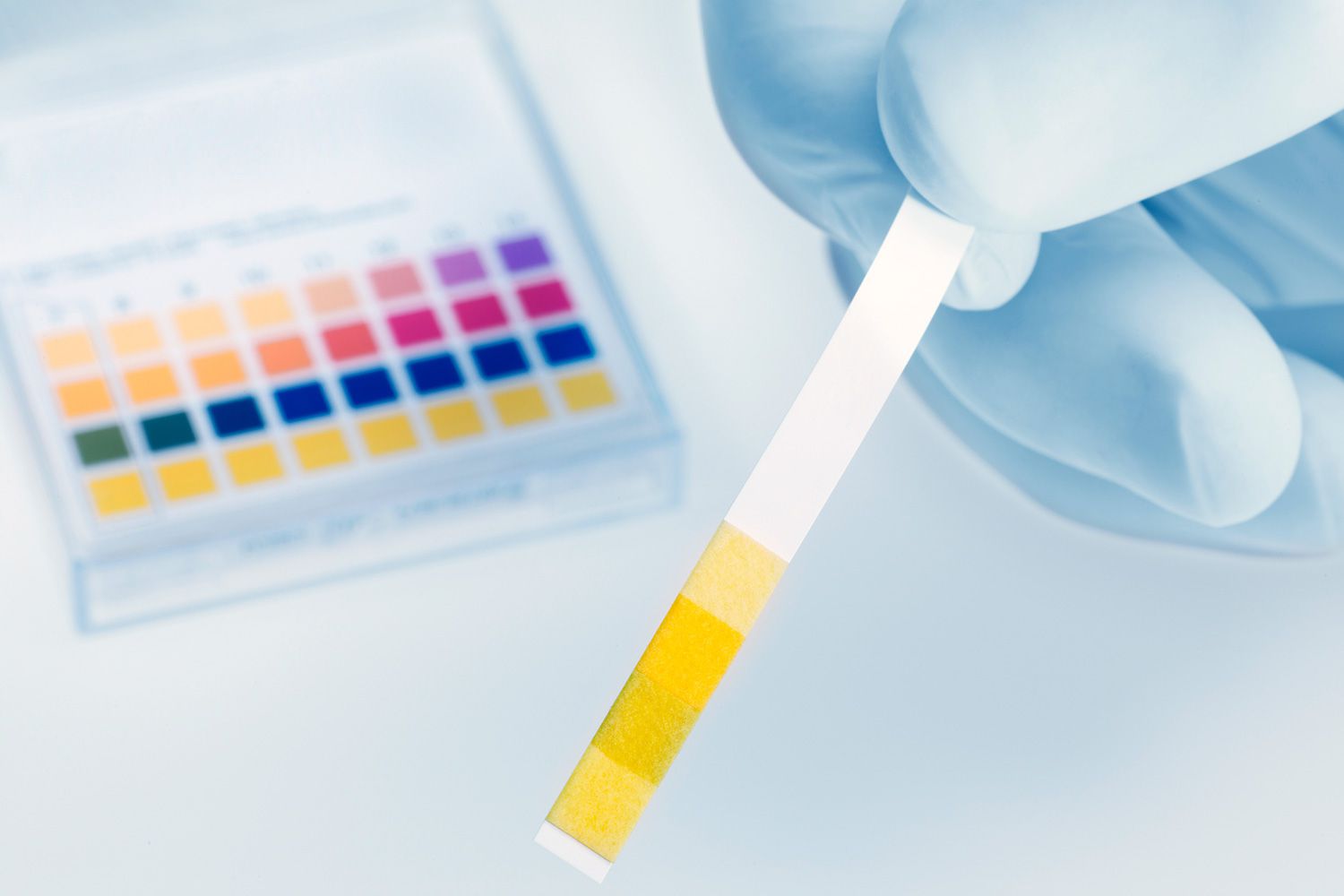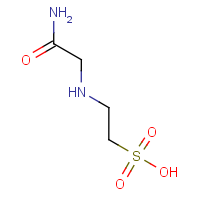
Biobuffers ADA and ACES are zwitterionic buffer reagents developed by Good et al. in 1960s. They have something in common: they are both commonly used in the experiments of biochemistry and molecular biology, and can form complexes with metal……
But what is the difference between them?

ADA (N-(2-acetamido)iminodiacetic acid)
The effective buffering range of ADA is pH 6.0~7.2. ADA is almost insoluble in water, but has a high solubility in sodium salt. It is easy to form compounds with metal ions such as Mn2+, Co2+, Ni2+, Zn2+, Cd2+, Pb2+ and Cu2+, and can also be combined with other common metals, but the force is weak. ADA can absorb UV light between 0.1~260nm, so it may interfere with spectrophotometric assays.
The commonly used areas of ADA (CAS: 26239-55-4) are as follows:
(3) In differential scanning calorimetry, it is used as a sample buffer to study FGF1 that can not be studied in phosphate or sulfate buffers.
ACES (N-(2-Acetamido)-2-Aminoethanesulfonic acid)
The effective buffering range of ACES is 6.1~7.5. It is easy to form complex with Mg2+ and Cu2+, and other common metals. In addition, ACES can absorb ultraviolet light at a wavelength of 230nm.

At present, the main applications of ACES are listed below:
(4) buffer for washing and heating Lactobacillus plantarum cells to study the effect of heat stress on the duration of its growth retardation.
In addition to the above applications, it is also important to note that ACES is also a competitive inhibitor of GABA receptors and should avoid the use as a buffer in the study of GABA receptor interactions; ADA (Model No.: Y0040) can be used in cation exchange chromatography in lower concentration because of the large ionic strength and high dependence of concentration on pKa.
Copyright © Suzhou Yacoo Science Co., Ltd. All Rights Reserved
Friendly Links :
online service